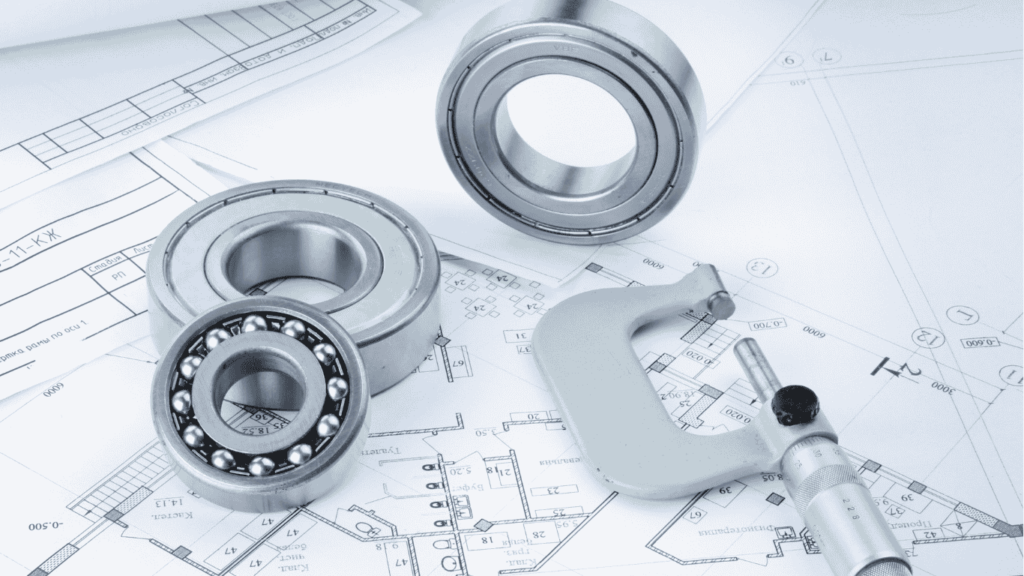Chinese manufacturing facilities operate as some of the world’s most economical and productive environments for producing moulded products. Quality control stands as a necessary component since improper QC implementation leads to chance-based outcomes. The production of new gadgets with plastic parts or industrial machine components through manufacturing can be ruined by quality problems that diminish profits and damage brand integrity.
What procedures exist to verify that your Chinese moulded products follow established standards? A quality control process that combines thoughtful planning delivers the solution. This guide explains quality control fundamentals by introducing practical inspection methods together with early specification definition and demonstrates how to handle manufacturing challenges abroad.
Why Quality Control Matters in Chinese Manufacturing
It is essential to grasp the fundamental importance of quality control in Chinese manufacturing before implementing any strategies.
- Large factory production levels increase the risk of product defects because quality management processes are not properly executed.
- The Chinese manufacturing industry includes suppliers with various operational standards. Some factories operate at world-class standards, but others tend to reduce quality levels.
- Cultural and communication barriers create misunderstandings because language differences and cultural nuances occur between suppliers and clients.
The implementation of quality control systems helps to confirm that your products fulfill their intended design requirements according to your brand standards. Your focus extends beyond defect prevention because it leads to customer trust while sustaining their value delivery.
Strategic Approaches to Quality Assurance
The following strategic approaches create quality assurance for Chinese moulded products:
Define Product Specifications Upfront
Before obtaining your desired outcome, you need to identify its complete specifications. The start of product success depends on setting clear specifications.
- Give complete details about all technical specifications, including materials, dimensions, tolerances, colors, surface finishes, and packaging necessities.
- Use technical drawings by providing CAD files and blueprints to eliminate any potential confusion.
- Include a list of compliance standards with necessary certifications and safety requirements such as ISO, RoHS, or CE.
Why is this so important? The ability to read minds does not exist for manufacturers. A detailed document with complete information helps maintain universal understanding and avoids misunderstandings.

Conduct Sample Testing
The decision to purchase a car requires testing the vehicle first. Manufacturing is no different. Product sample testing stands as an essential requirement during the QC process.
- Seek pre-production samples by asking for a small first batch for assessment purposes.
- Check if the product functions as intended and examine its ability to withstand usage stress.
- Measure dimensions and inspect materials according to the specifications listed in your provided spec sheet.
Your business will save money while avoiding product defects by performing tests on samples before your products reach the market.
Leverage Third-Party Inspections
You may lack the time and financial ability to travel to China for inspecting each production batch personally. Third-party inspections serve as the solution in such cases.
What are third-party inspections? SGS, TUV, and QIMA are independent inspection organizations that conduct product assessments for your business needs. Third-party inspections take place at different points of the manufacturing process, starting from pre-production until shipment.
Third-party inspectors perform complete product examinations, verifying your specifications are met throughout raw materials and finished goods. This inspection system provides you with peace of mind because your quality oversight is handled by another trusted entity.
Establish a Quality Control Checklist
Using a QC checklist provides you with your most powerful quality control tool. The document shows inspectors which elements they need to check during every phase of production.
- Your quality control system must establish specific limits for measurement variables such as dimensions, weight, and color specifications.
- Include visual aids consisting of photos or diagrams alongside examples of both acceptable and unacceptable products to assist inspectors.
- The AQL (Acceptable Quality Level) standard should be used to establish the number of units for inspection in sampling methods.
The QC checklist you develop functions as a detailed guide that directs all personnel participating in production activities.
Build Strong Supplier Relationships
Manufacturing exists as a cooperative venture between organizations. Your supplier maintains the same status as your team member.
- Regular communication must remain active to resolve problems when they appear.
- Firsthand observation of the factory operations (if possible) remains the best way to build relationships through face-to-face interactions.
- Suppliers who maintain their delivery of premium quality goods should receive recognition and appropriate rewards.
The development of trust between partners, together with collaborative work practices, creates superior achievements.
Common Challenges in Quality Control
Your best quality control methods may still produce occasional problems during implementation. Here are some typical obstacles that you will encounter, along with solutions:
- Since batches exhibit inconsistent quality, consider increasing inspection frequency or changing suppliers.
- To overcome language barriers in communication, use bilingual project managers or translators.
- Production delays become less of a problem when project managers define strict deadlines with established penalties for missing deadlines.
The ability to act ahead of challenges, combined with flexibility, will help you tackle these issues effectively.
FAQ: Quality Control 101 for Chinese Moulded Products
Which action serves as the fundamental step for quality control?
Defining your product specifications upfront. A product with undefined or unclear specifications will always result in disappointing final outcomes.
What is the price range for third-party inspection services?
The price of inspection depends on both the complexity of the inspection task and the selected provider. The average expense for third-party inspection services amounts to between $200 and $500 per day, providing essential protection against future errors.
Do I need to conduct sample testing when I have complete faith in my supplier?
It’s risky. Suppliers, regardless of their competence level, may still make errors in their work. Sample testing allows you to detect issues before they become major problems.
What frequency should I employ for checking each production run?
Risk tolerance determines when you need to perform inspections. Businesses should perform full inspections on each batch of critical products, while lower-risk products require periodic inspection checks.
What actions are triggered by the failure of a batch during inspection?
Your supplier needs assistance identifying the original fault source so you can establish corrective measures, which may include manual product repair or supplying replacement items.
Conclusion: Take Control of Your Quality Control
Your Chinese moulded products can be easily verified to meet required standards. The implementation of product specification definition, along with sample testing and third-party inspection programs, enables substantial reduction of product defects and delivery delays.
The practice of quality control demands constant attention to detail together with a proactive approach, making it more than just a checklist. Following the strategies presented in this guide, you will gain the necessary skills to manufacture superior moulded products that create satisfied customers and build a stronger brand.
So, what are you waiting for? Now is the right time to invest yourself fully into managing your quality control system.
